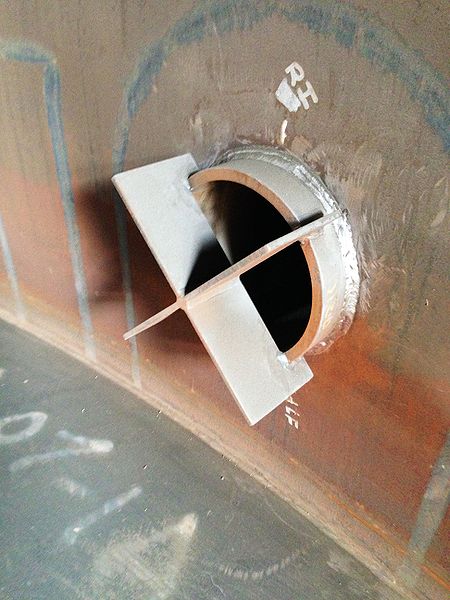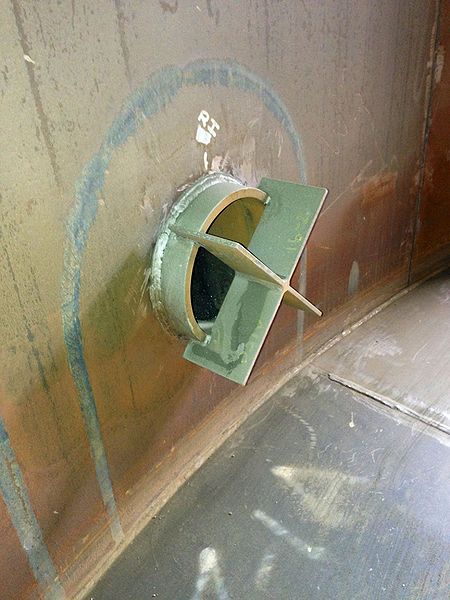Vortex Breaker

 Vortex breaker or an anti-vortex device, is a component installed inside a pressure vessel or tank to prevent or mitigate the formation of swirling vortices or turbulence within the liquid or gas contained in the vessel. These vortices can be problematic for various reasons, including safety, efficiency, and the accuracy of level measurements.
Vortex breaker or an anti-vortex device, is a component installed inside a pressure vessel or tank to prevent or mitigate the formation of swirling vortices or turbulence within the liquid or gas contained in the vessel. These vortices can be problematic for various reasons, including safety, efficiency, and the accuracy of level measurements.
A pressure vessel internal vortex breaker is an essential component used to control and manage the flow patterns within pressure vessels or tanks to prevent swirling vortices and their associated issues. These devices play a crucial role in maintaining the efficiency, safety, and accuracy of various industrial processes.
Vortex Breaker Advantages and Disadvantages | |
|---|---|
| Advantages | Disadvantages |
|
|
Key Points about Vortex Breakers
Purpose - The primary purpose of a vortex breaker is to maintain a stable and uniform flow within the pressure vessel. Swirling vortices can cause problems such as excessive wear and tear on equipment, inaccurate level measurements, and in extreme cases, they can lead to safety hazards.
Design - Vortex breakers come in various designs, but they are typically protruding structures or baffles installed inside the vessel. These structures disrupt the flow patterns and dissipate the kinetic energy of the swirling fluid, preventing the formation of vortices.
Applications - Vortex breakers are commonly used in a wide range of industries where pressure vessels or tanks are employed, including chemical processing, oil and gas, water treatment, and many others. They are often found in storage tanks, reactors, and other vessels where maintaining uniform flow is critical.
Benefits - The use of vortex breakers can improve the overall performance and safety of pressure vessels by reducing the risk of vortex-induced issues. This includes minimizing the likelihood of pump cavitation, preventing the entrainment of air or gas into the liquid, and promoting accurate level measurements.
Design Considerations - The design of a vortex breaker depends on various factors, including the type of fluid, vessel size and shape, and the intended purpose of the vessel. Engineers need to carefully consider these factors when designing and installing vortex breakers to ensure they effectively serve their purpose.

